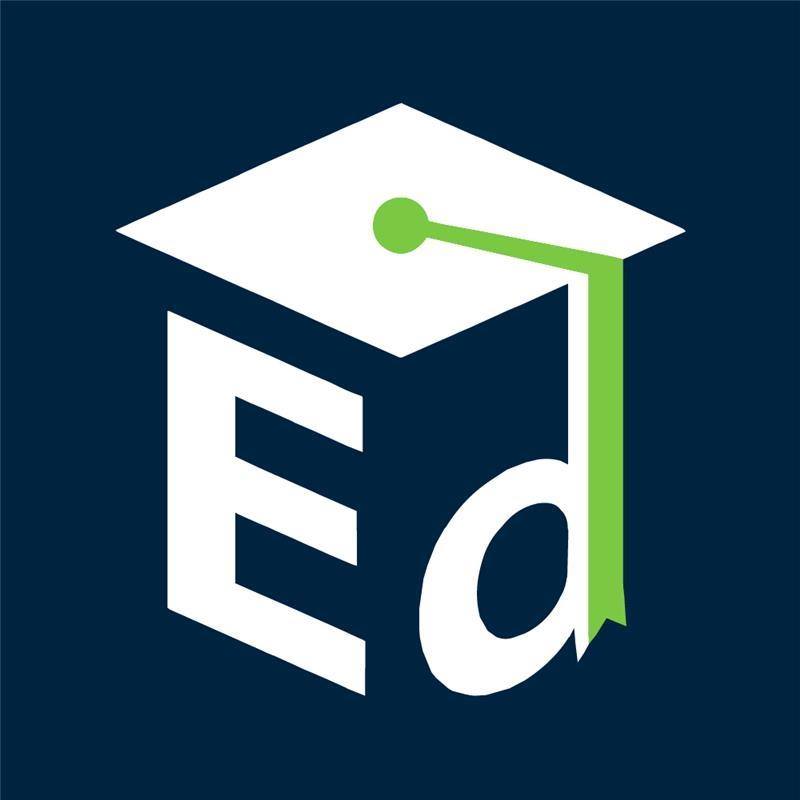October was National Augmentative/Alternative Communication Month. In recognition and celebration, learners at Countryside Elementary School engaged in an experience where they explored augmentative/alternative communication. Led by speech language pathologist, Tia Freeman, and supported by an ensemble of other educators including Specialized Instructional Facilitator – Assistive Technology, Jennifer Dunstan, students explored the Language Acquisition Through Motor Planning: Words for Life application. The students learned how the app was organized, explored how to find words, and discussed what it meant to be a supportive communication partner to their peers who are using the application to help them learn language. If you’re interested in leading a similar event, reach out to the Specialized Instructional Facilitator – Assistive Technology who works at your school!

Speech Language Pathologist Tia Freeman shares how paper-based core vocabulary boards are placed around the school for anyone to use.

Educators model language on AAC on the interactive whiteboard

Educators model language on AAC displayed on an interactive whiteboard

Learners assignment themselves roles related to AAC

Ms. Freeman reads a digital book to the class about using AAC.

Learners outline promises related to a student’s AAC

 The U.S. Department of Education’s
The U.S. Department of Education’s